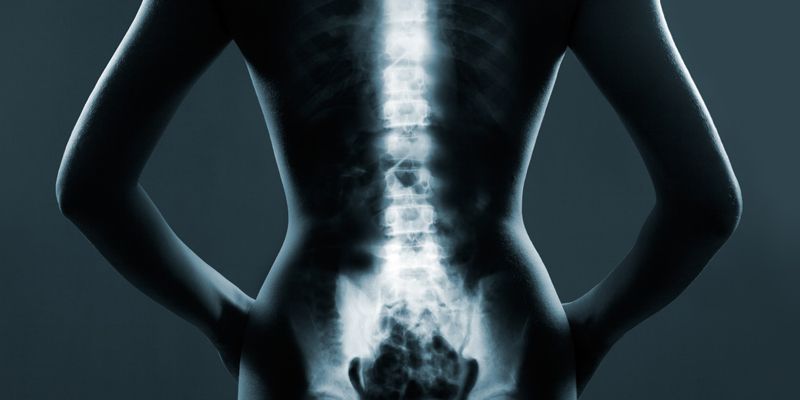
Help for Herniated Disks
We rely on our backs to keep us standing up straight, strong and sturdy. To do this, our backs rely on a series of 33 stacked vertebrae. Just like any other vehicle that gets us through life, our bodies need shock absorbers to help relieve damage from injuries and accidents. In our backs, these come in the form of gelatin filled intervertebral disks (like a jelly donut) that fit between the vertebrae-like puzzle pieces. These disks can rupture (the jelly of the donut pushes out), sometimes with an audible popping sound.If they rupture, they become herniated, causing persistent and stubborn pain in the lower back that can radiate up through the spine to the neck.
When disks become herniated, they can leak fluid and bulge. These bulging disks come to rest in new and unnatural positions that press on nerves in the spinal cord. So, while consistent lower back pain is one of the first and most noticeable symptoms of herniated disks, other more severe symptoms include muscular numbness, weakness and pain in the legs, buttocks and feet. Although it is uncommon, when herniated disks put a great amount of pressure on the spinal cord, bowel and bladder dysfunction can even occur.
We are asked so often “Why does this occur?”. If there is not a blunt trauma, then typically herniated disks occur because there are imbalances in the body and postural changes. Over time, these imbalances from head to toe can put more pressure on the lower lumbar vertebrae. There is often a history of nagging lower back pain and inability to sit comfortably without having to shift or change positions all the time. Over time, this imbalance of pressure weakens the outer part of the disks and something as simple as lifting or bending will all of a sudden create an intense, sharp pain, making it difficult to stand up from the bent position.
Luckily, herniated disks can often be treated non-surgically and through physical therapy, many patients heal within one to six months! Manual therapy to treat the imbalances that created the increased pressure and specific stabilization exercises are an important part of the healing process, but it is crucial to make sure you are getting the right manual therapy and the correct sequence of exercises. Overexertion or stretching the disk in incorrect ways will only make the pain more intense and may be what caused the disk to rupture or tear in the first place. Finding a correct routine to strengthen and enhance the flexibility of your body once again is the key to recovery, and this is where Rebalance physical therapists come in! They will assess your body with a holistic approach, taking into account all the imbalances that have been created over time. Treatment includes fascial, muscle and joint work as well as strengthening and lengthening the imbalances. We will assess your body from head to toe to figure out why the herniation may have happened and to get you functioning again.
In-Person and Online Consultations


